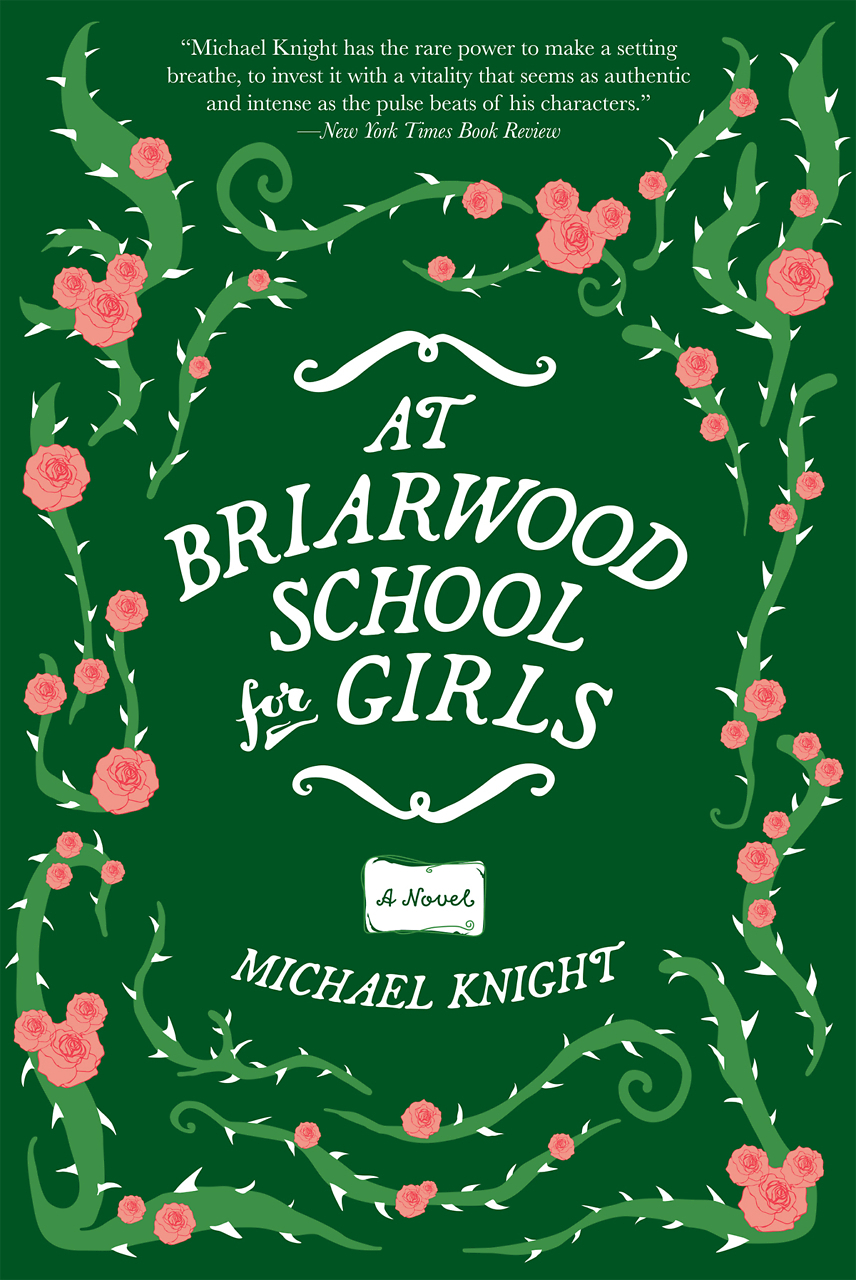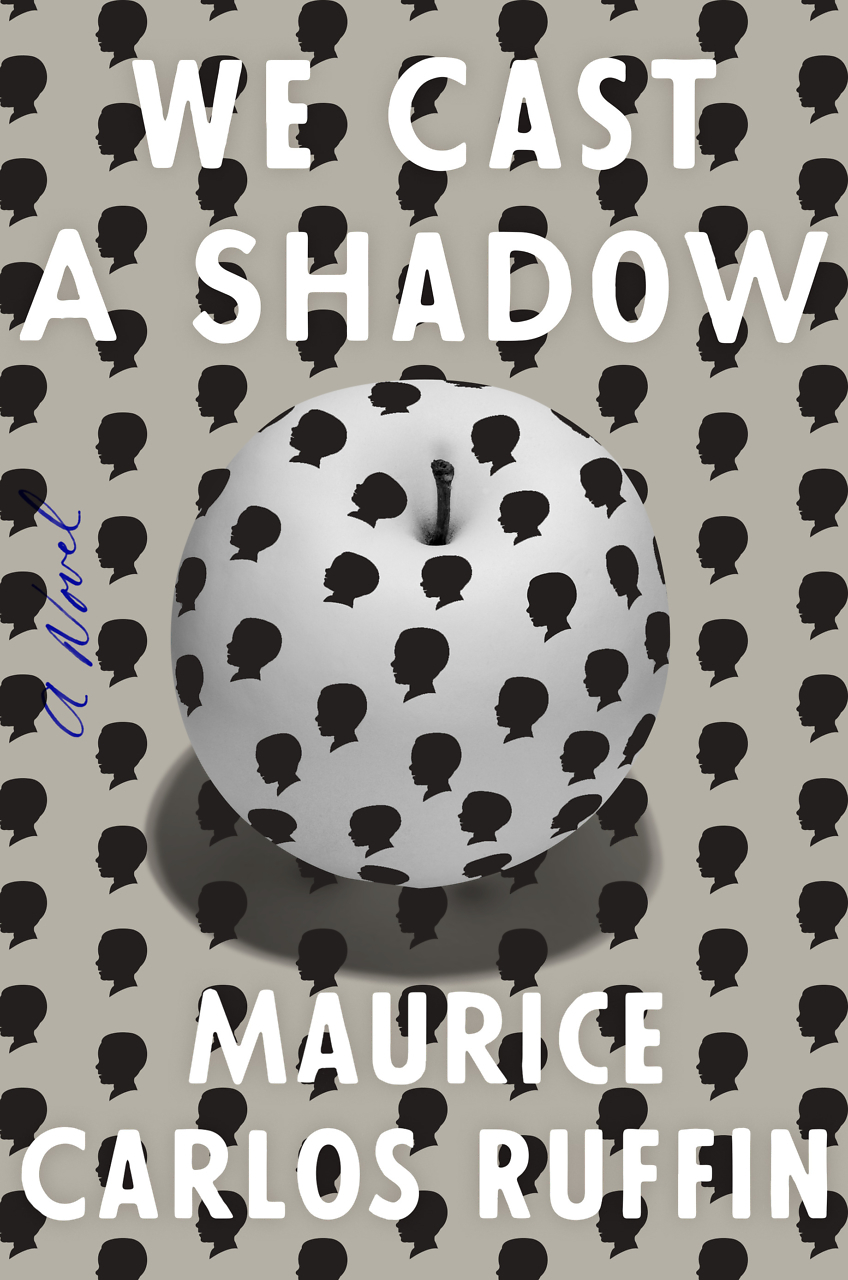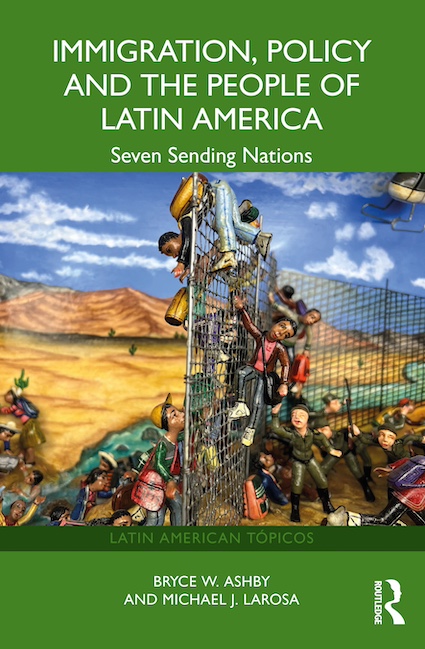Pushed to the Edge
Samantha Shannon talks with Chapter 16 about The Mime Order, the new novel in her mind-bendingly good dystopian series
In August 2013, Samantha Shannon had just graduated from college when The Bone Season, the first book in her seven-volume dystopian series, was published. It went on to garner a staggering readership and worldwide attention, was published in twenty-eight countries, and is being adapted for the silver screen. The Bone Season is set in the fantastic, criminal underworld of London in 2059, which is ruled by the oppressive Scion empire. The charismatic protagonist of Shannon’s thriller is the young clairvoyant Paige Mahoney, whose talent for reading minds continually lands her in mortal danger.
Now Paige is back in the second volume of the series, The Mime Order. Picking up where its predecessor left off—in an ending that had readers holding their breath—The Mime Order has already garnered considerable critical acclaim: Publishers Weekly called it “original and intriguing,” Kirkus Reviews praised its “propulsive” plot , and The Guardian was unequivocal: “There is no question over whether or not you should pick up The Mime Order. It is a MUST.” In advance of her Nashville appearance, Shannon recently answered questions from Chapter 16 via email:
 Chapter 16: Aurora, the first novel you wrote, remains unpublished. Looking back, how do you think Aurora‘s rejection has served your writing?
Chapter 16: Aurora, the first novel you wrote, remains unpublished. Looking back, how do you think Aurora‘s rejection has served your writing?
Samantha Shannon: Aurora was flawed in many ways—I’m glad it was never published—but it taught me a lot about writing at length over a number of years, managing my time, and formatting a manuscript. I also had some solid ideas that I later developed for The Bone Season. At the time, I thought that the book not being picked up by an agent meant that it was a failure, but looking back on it, I’d do it again. Everything is experience.
Chapter 16: You’re twenty-three and already a bestselling author. How will you define success as a writer going forward?
Shannon: If my readers keep enjoying the books, and if more people keep discovering and enjoying them as the series goes on, I’ll consider that a success.
Chapter 16: Stephen King has defined popular fiction as stories in which readers recognize aspects of their own experience: behavior, place, relationships, and speech. The primary setting of The Bone Season — the supernatural, dystopian underworld of London under the oppressive Scion empire — is far outside readers’ reality, yet the book drew a massive readership all over the world, in part because of readers’ connection to the protagonist, clairvoyant teenager Paige Mahoney. Were you conscious of wanting Paige’s complicated personality and plights to mirror, emotionally at least, those of your readers?
Shannon: It would be difficult for me to mirror all of my readers in one character, as each of them will understand and relate to Paige in his or her own way. Some will like her; others won’t. However, I did want to make her as sympathetic as possible while also making her a complex individual. Paige is well-meaning and has a strong sense of justice, but she has her foibles, as all of us do.
Chapter 16: In what ways do you relate to or live vicariously through Paige yourself?
Shannon: I do live vicariously through her—there are aspects of her life that are incredibly liberating—but we’re not particularly similar. Paige’s sense of danger is almost non-existent, and she is very proud and obstinate, sometimes to her detriment. However, she has become a little more careful and mature since the end of The Bone Season, though her desire for justice is just as strong. I’ve really enjoyed developing her personality, and her relationships with other characters, in The Mime Order.
Chapter 16: When you began this seven-book series, had you already settled on its grand arc? How did you decide where to end The Bone Season and begin The Mime Order?
Shannon: I have the skeletal structure of the whole series planned out. I always knew where The Bone Season would end, but The Mime Order’s beginning and ending took a little while to work out. The ending, in particular, was difficult to get right, as I was torn over whether or not to reveal a crucial piece of information at the very end. In the end, I decided to go with my gut.
Chapter 16: You’ve described Margaret Atwood’s The Handmaid’s Tale as the “trigger for wanting to write a dystopian novel,” the book that’s influenced you most, and the impetus for your “feminist awakening.” How has identifying as a feminist affected your writing?
Shannon: It’s been very valuable to me, and I’ll always be indebted to Margaret Atwood for writing The Handmaid’s Tale. No book has ever shaken me like that one did. The powerful thing about feminism is that its purpose isn’t merely to empower women but also to deconstruct traditional understandings of gender roles. It makes me question things I’ve learned and challenge my own default settings when I write both male and female characters.
Chapter 16: In addressing the reasons for why writers invent terrifying, worst-case situations and why readers want to read them, Ian McEwan has said, “Perhaps we use these worst cases to gauge our own moral reach. And perhaps we need to play out our fears within the safe confines of the imaginary, as a form of hopeful exorcism.” What are your own thoughts on this subject?
Shannon: That’s a great way of putting it. In a dystopian story, nebulous fears are given a more tangible form, which means that they can be fought—and, hopefully, defeated. It’s the ultimate catharsis. As an author, dystopian settings fuel my imagination like no other because the characters are always pushed to the edge: of sanity, of morality, of survival. Decisions can literally mean life or death, and the consequences of each individual’s actions can have enormous, sometimes nationwide or global, repercussions. It forces me to examine my characters’ choices and ethics in meticulous detail, and to paint each one in shades of gray.
Chapter 16: Have you been involved in adapting The Bone Season into a film? Would you like to see all seven of the books in this series on the screen?
Shannon: The film rights were optioned in 2012 by The Imaginarium Studios, a British production company founded by Andy Serkis and Jonathan Cavendish, and were later picked up by Twentieth Century Fox and Chernin Entertainment. The Imagineers are a fantastic team, and I’m really looking forward to seeing how the adaptation plays out. So far we have a double Oscar-nominated screenwriter on board who is currently working on the screenplay. I have consultation rights, so I will be involved in the process.

Sarah Norris holds an M.F.A. in creative nonfiction from Sarah Lawrence College and has reviewed books for The Daily Beast, Christian Science Monitor, San Francisco Chronicle, and Village Voice, among other publications. She lives in Nashville.





